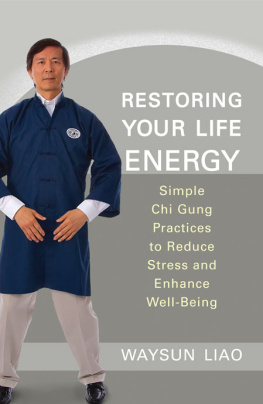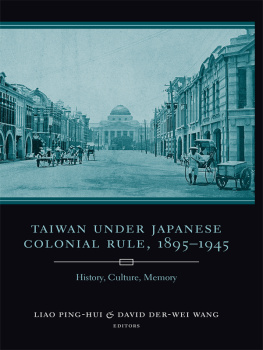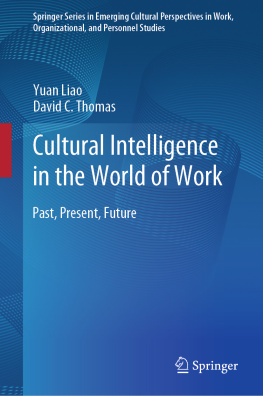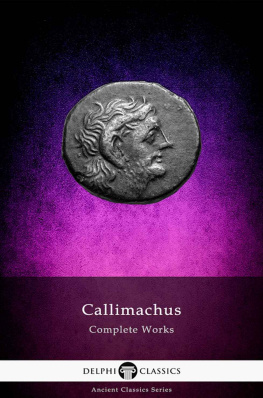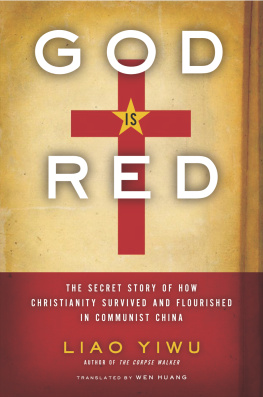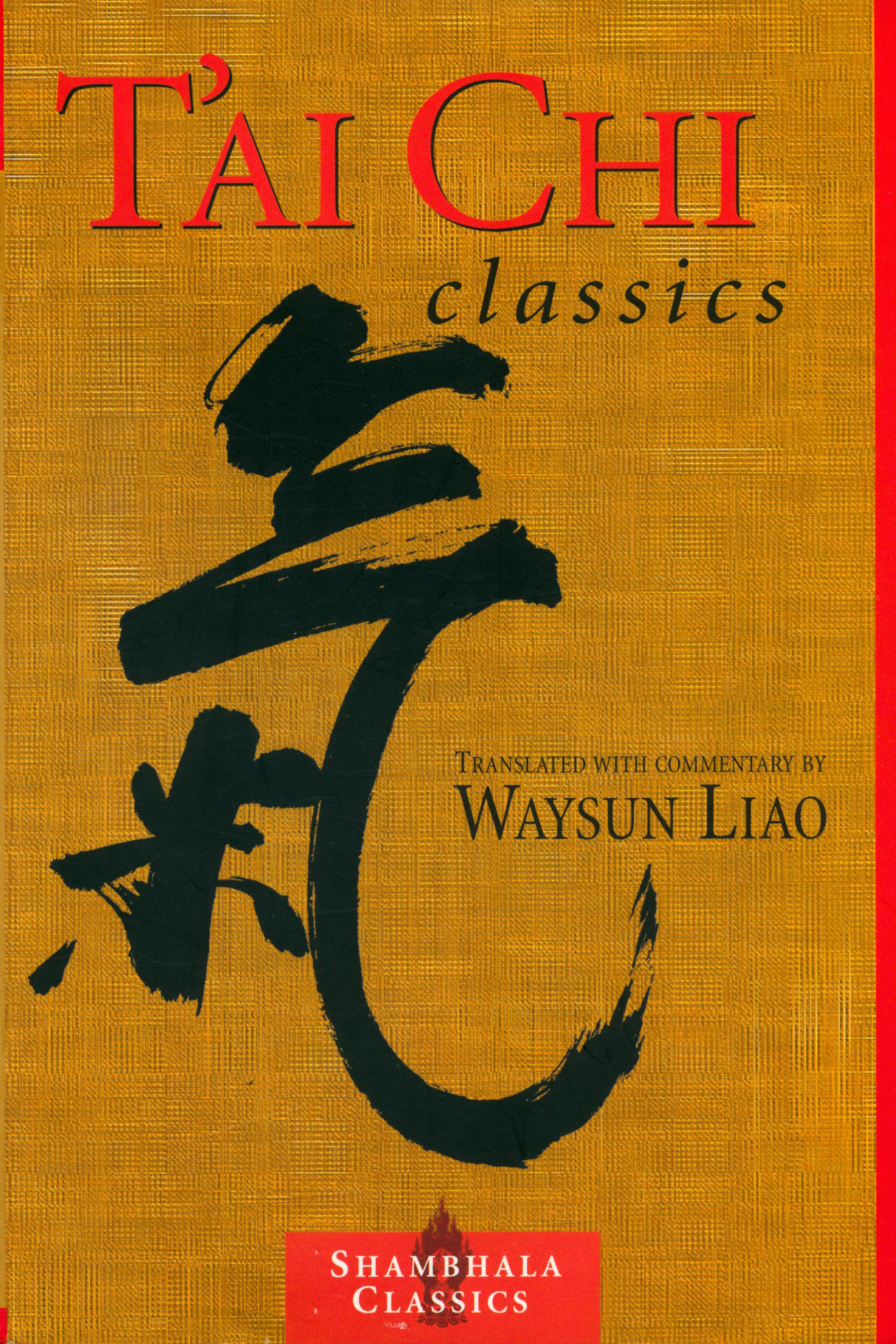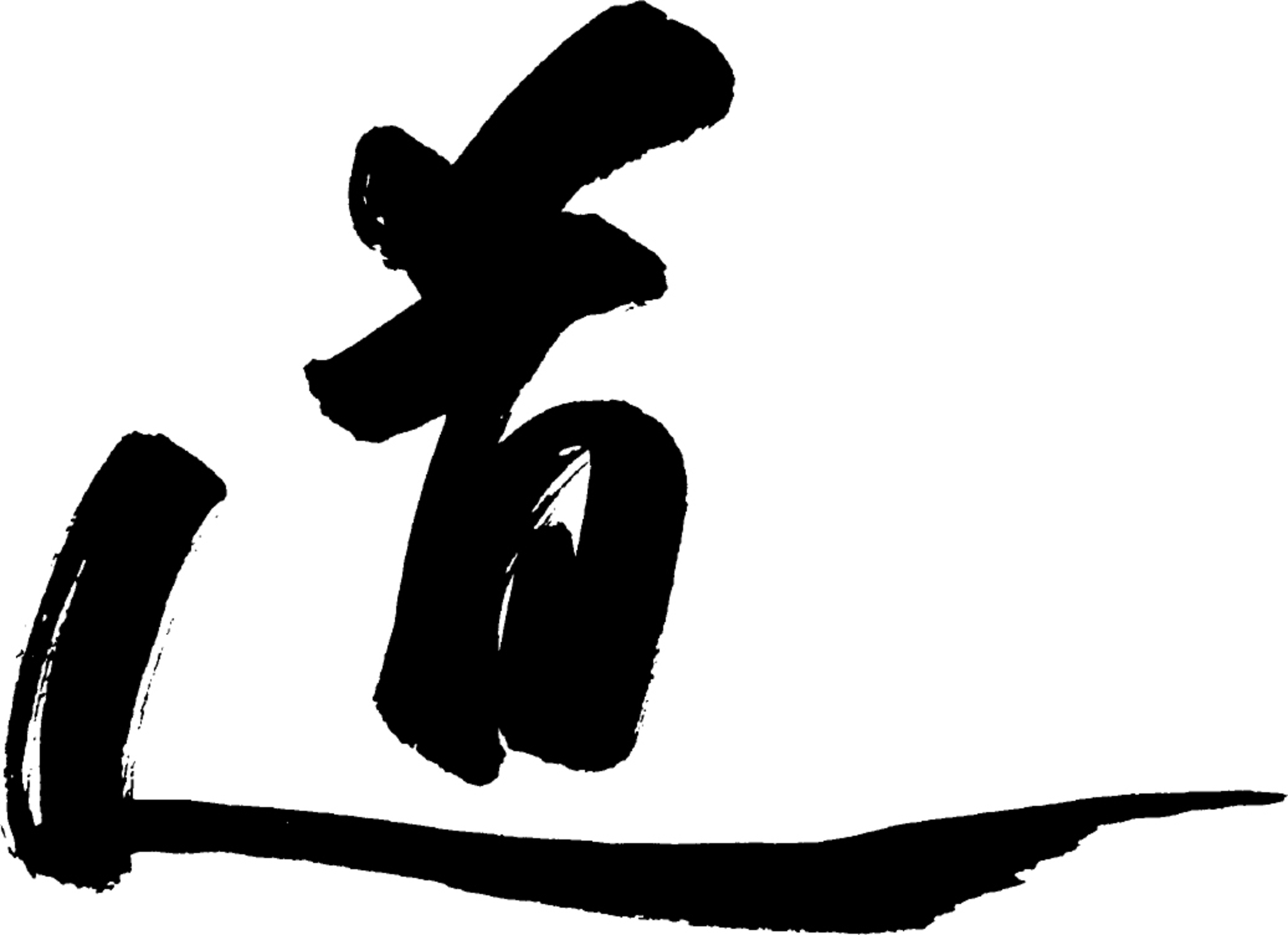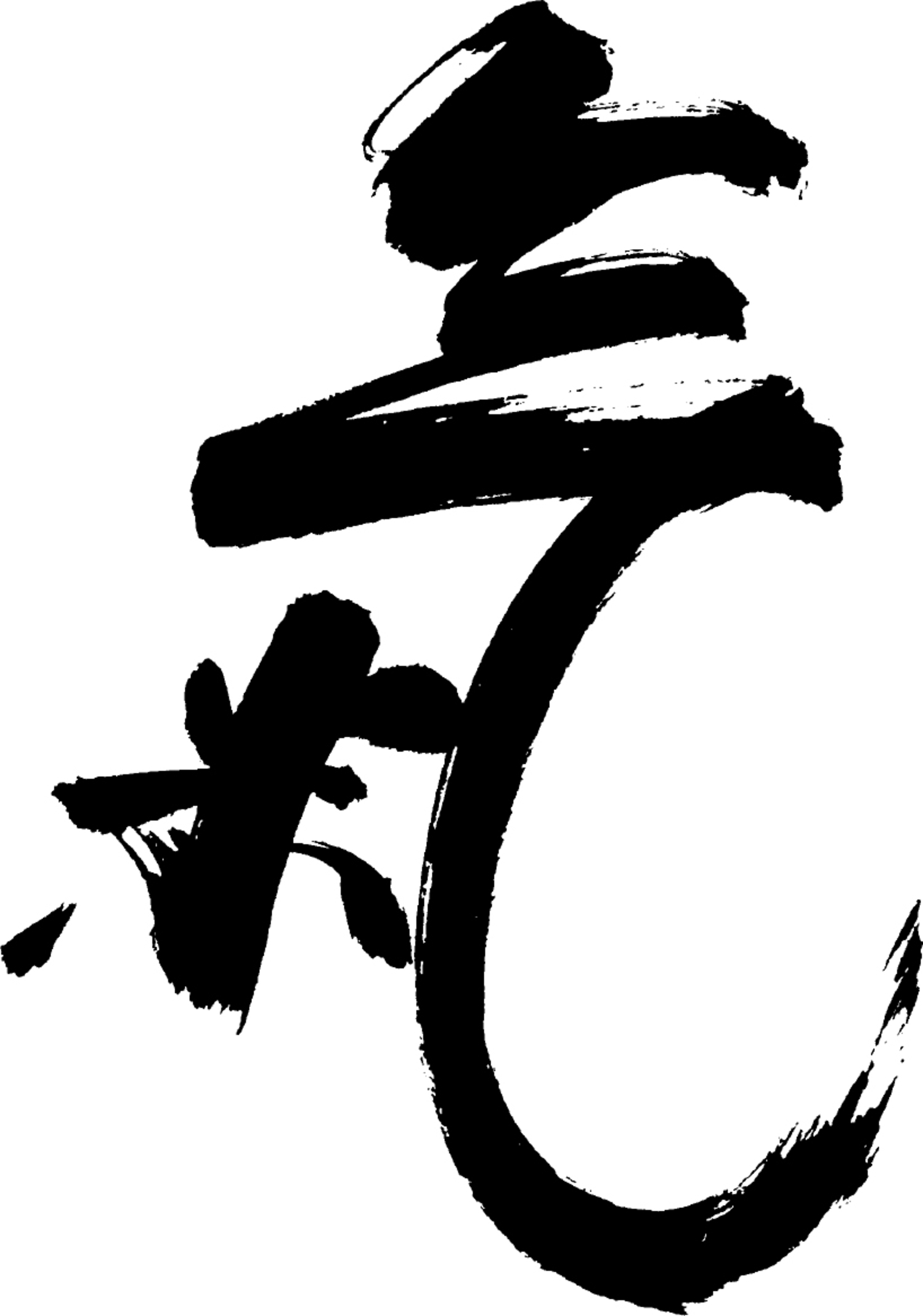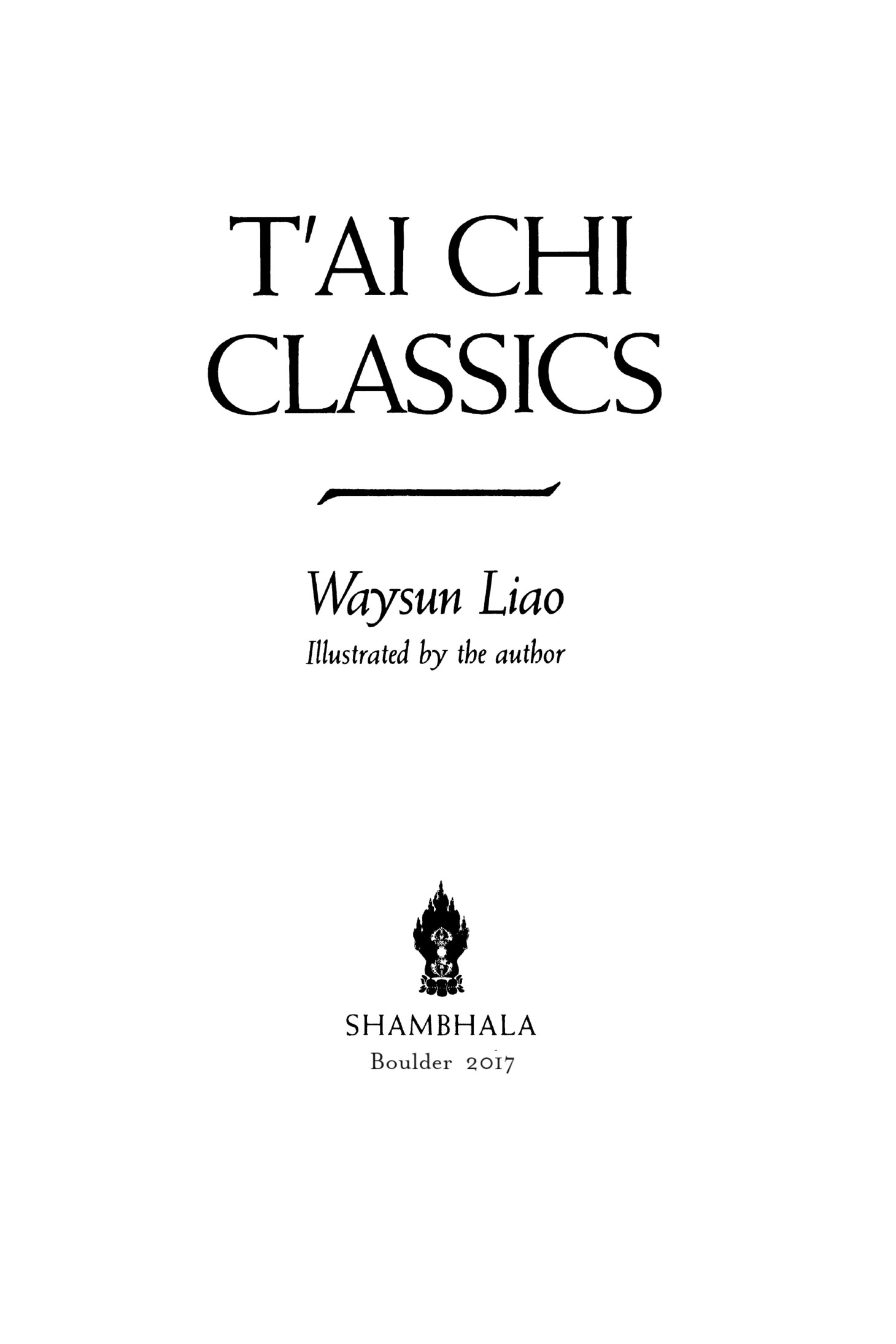Preface
I F YOU ASK THE QUESTION How can I study Tai Chi correctly? those knowledgeable in this complicated, sophisticated, and sometimes mysterious field will probably smile and give you a less than satisfactory answer: Go to a qualified teacher.
This answer will undoubtedly lead you to the next query: What determines a qualified teacher, and are such people available? The answer in this case is guaranteed to disappoint you: Read a good Tai Chi book.
Thoroughly frustrated by this time, you will probably ask, Do I have to read every available Tai Chi book in order to decide which contain authentic information and which instructors possess the proper background and abilities to qualify them in this discipline? You most likely wont even get an answer to this question.
The above series of pertinent questions is commonly asked not only by Westerners, but by the Chinese themselves. Unfortunately, there is no clear-cut solution to the dilemma of the prospective student. There is only a limited selection of Tai Chi books available, whether in English or in Chinese. Further, more often than not, the most famous instructors are not necessarily the most qualified, and a qualified master may not be in a position to teach his skills to others.
Traditionally, Tai Chi instruction was carried out either in a temple or in the masters home, and training was conducted on a personal basis. The principles were transmitted mainly by word of mouth, rather than through the more permanent method of the written record. Tai Chi was thus passed down verbally from generation to generation, more in the style of a folk art than as a structured system.
The few attempts that were made to commit Tai Chi principles to writing were hampered by the limitations of a primitive printing process, which depended on the use of carved wooden blocks and presses. As this method was costly and time-consuming, articles to be published tended to be as condensed as possible. In addition, the language was often cryptic, and the use of one word for multiple meanings was common. Lastly, the tendency of Tai Chi practitioners to monopolize instructional materials further reduced the availability of written texts.
As a result of these factors, there exist today only several brief pages of early manuscripts that stand as the authentic source for the correct study and practice of the art of Tai Chi. These texts, which were written in a type of martial arts code, are known as the Tai Chi Classics I, II, and III and are also commonly referred to as the Tai Chi Bible.
Because of the Tai Chi Classics archaic language, complicated concepts, and use of certain technical terms and forms of sentence structure, the many attempts to translate them into modern English or Chinese have given rise to a great deal of controversy. The present book, rather than merely presenting yet another literal translation of the Tai Chi Classics, has included in its pages precise explanations of such basic Tai Chi principles as chi, jing, and internal energy cultivation. In this way, it is hoped that the student will develop a deeper, more complete understanding of both the philosophy of Tai Chi and its application to the art. Also included are fresh translations of the three Tai Chi Classics, with commentary on each aphorism, as well as translations of four short works from collections by unknown masters: The Sixteen Steps of Transferring Power, The Four Secret Procedures for Transferring Power (both at the end of .
Tai Chi has a heritage that spans more than four thousand years. In putting this book together I have stayed as close to the traditional style as possible, in order that the text might serve as a continuous reminder to the student of the cultural wealth that is such an integral part of this art.
The material presented in this book is based on ideas that have been handed down in the legends and folk arts of the Chinese culture for thousands of years. The theories and hypotheses advanced generally have little empirical backing, as scientific research has not yet been successful in proving, or disproving, their validity. Some of the information presented here may even seem to be paradoxical or to contradict modern science. It is possible, however, that in the future, as has happened many times before, these ancient theories will prove sound. Recent developments in Western medicine, such as the application of Chinese acupuncture techniques to modern anesthesia, have already tended to support these theories.
The historical data included in this book is not given in terms of genealogical tables or chronological events, but rather as an outline of the development of a specific philosophy within an entire culture. The terminology used is both technical and practical, in order to be of use to students on many levels.
This is an introductory text rather than a complete training manual. A complete discussion of any one form or special technique described in these pages would generate an entire book. Further, due to the limits of space, specialties such as Tai Chi Sword, Knife, and Staff could not be included in this volume; these will have to be dealt with at a later time.


